
Car Charging Gun UL 2251 Testing for Amazon US
The electric vehicle (EV) charging gun is primarily used to charge electric vehicles. As a charging device, the charging gun serves as an interface between the EV's battery and the charging station. With the emergence of EV technology, there is increasing attention to the safety of EVs and their charging systems. When exporting EV charging guns to the North American market, they must comply with the CSAC22.2 NO.282-17 / UL 2251 4th Edition standard to ensure consistency and safety in the connection between the charging pile and the gun. UL 2251 is the UL certification safety standard for testing EV charging plugs, sockets, and couplers.
Scope of the UL 2251 Standard
1. The UL 2251 standard covers plugs, sockets, vehicle inlets, and connectors for conductive connection systems in electric vehicles, for use indoors or outdoors in non-hazardous locations according to the National Electrical Code (NEC), ANSI/NFPA-70, with a rated current of up to 800 amps and an AC or DC voltage of up to 600 volts.
2. The UL 2251 standard does not directly apply to the following, but can supplement other applicable standards:
a) Devices integrated with flexible cords or cables that comply with the UL 817 standard for cord sets and power-supply cords.
b) Devices directly connected to branch circuits, as per NEC Articles 300, 400, and 410, such as attachment plugs, cord connectors, and outlets, which may include three or more pilot contacts, as covered by the UL 498 standard for plugs and receptacles.
c) Single-pole and multi-pole connectors used to connect copper conductors for data, signal, control, and power applications within and between electrical equipment, compliant with NEC, as covered by the UL 498 attachment plug and receptacle standard.
d) Devices of the pin-and-sleeve type used to supply power from branch circuits to utilization equipment or to connect utilization equipment directly to branch circuits, as covered by the UL 1682 standard for pin-and-sleeve plugs, receptacles, and cable connectors.
e) Devices used in hazardous locations, as covered by the UL 1010 standard for receptacle-plug combinations for hazardous (classified) locations.
f) Devices consisting of terminal blocks and support blocks, as covered by the UL 1059 standard for terminal blocks.
g) Modular jacks and plugs used for telecommunication networks, as covered by the UL 1459 and UL 1863 standards for telephone equipment and communication circuit accessories.
h) Devices such as wire connectors and soldering lugs for use with copper conductors, as covered by the UL 486A standard for wire connectors and soldering lugs, or for use with aluminum and/or copper conductors, as covered by the UL 486E standard.
i) Devices such as quick-connect terminals, as covered by the UL 310 standard for electrical quick-connect terminals.
j) Power outlet assemblies, as covered by the UL 231 standard for power outlets.
k) Products such as interlocking switches covered by the UL 508 standard for industrial control equipment.
UL 2251 Testing Items
1. Accelerated Aging Tests
2. Comparative Tracking Index Test
3. Glow Wire Test
4. High-Current Arc Resistance to Ignition Test
5. Mold Stress Relief Test
6. Moisture Absorption Resistance
7. Leakage Current
8. Leakage Current Test Following Humidity Conditioning
9. Insulation Resistance Test
10. Dielectric Withstand Test
11. Dew Point Test
12. Conductor Secureness and Pullout Test
13. Cord or Cable Secureness Test
14. Impact Test (Plugs and Connectors)
15. Crush Test
16. Vehicle Driveover Test
17. Withdrawal Force Test
18. Grounding Path Current Test
19. Short Circuit Test
20. Strength of Insulating Base and Support Test
21. No-Load Endurance Test
22. Endurance with Load Test
23. Overload Test
24. Control Pilot Contact Resistance Test
25. Electromagnetic Test (Pilot Contacts)
26. Temperature Rise Test
27. Fuseholder Temperature Test
28. Surface Temperatures
29. Resistance to Arcing Test
30. Polarization Integrity Test
31. Resistance to Corrosion Test
32. Vibration Test
33. Accelerated Aging Gasket Test
34. Moisture Resistance Test
35. Permanence of Marking Tests
36. Enclosure Tests for Environmental Protection
Email:hello@jjrlab.com
Write your message here and send it to us
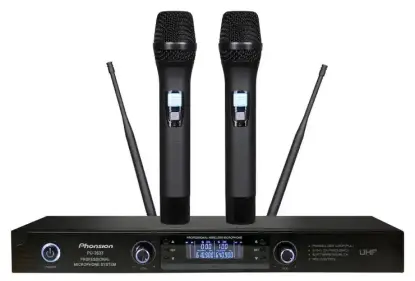 Wireless Microphone Export Certification
Wireless Microphone Export Certification
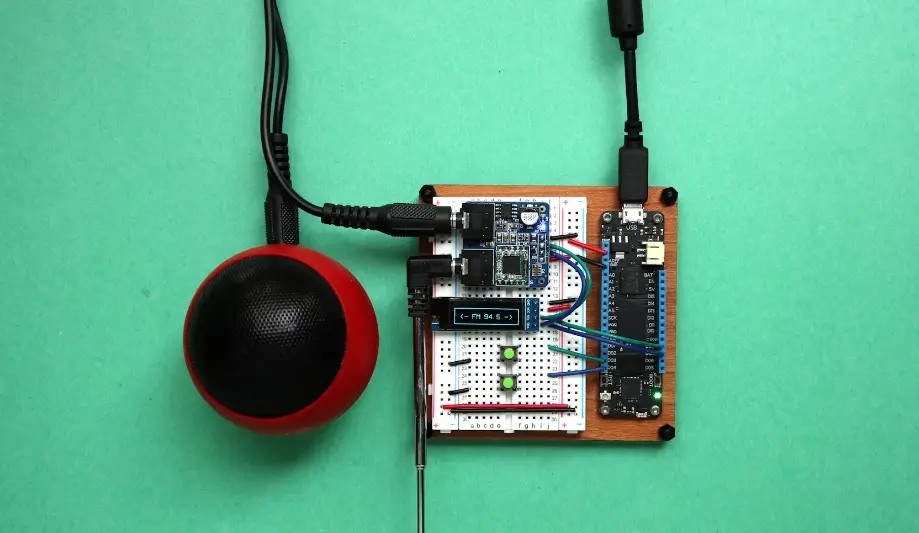 Audio-Visual Products SNI Certification in Indones
Audio-Visual Products SNI Certification in Indones
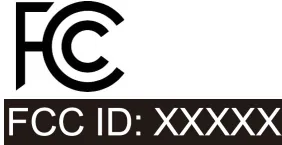 FCC-ID: Still Needed if Module is Certified?
FCC-ID: Still Needed if Module is Certified?
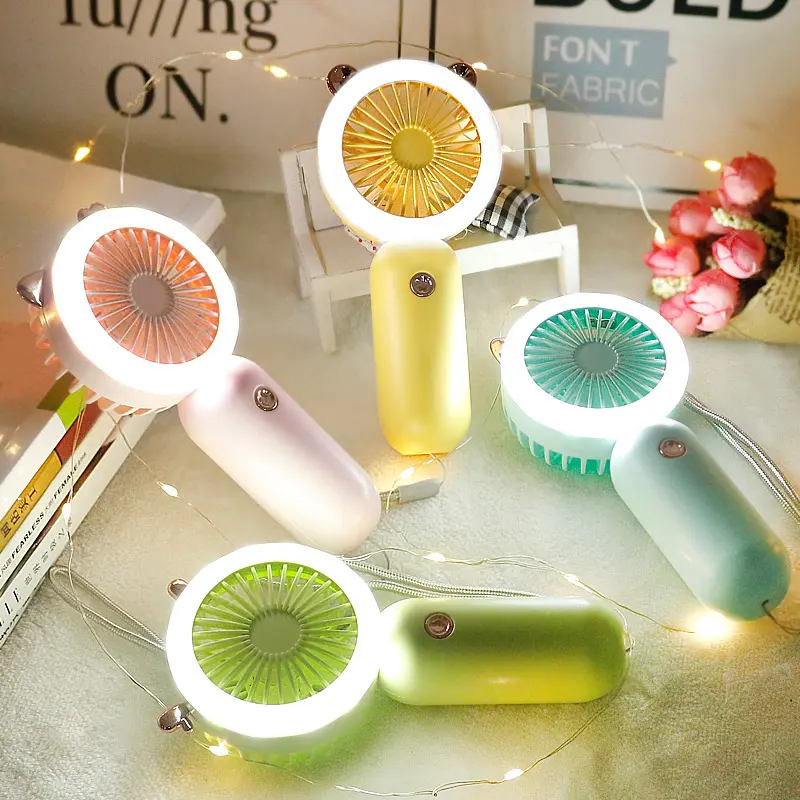 FCC Certification Fees for Handheld Fans
FCC Certification Fees for Handheld Fans
 FCC Certification Testing for Smart Lighting Produ
FCC Certification Testing for Smart Lighting Produ
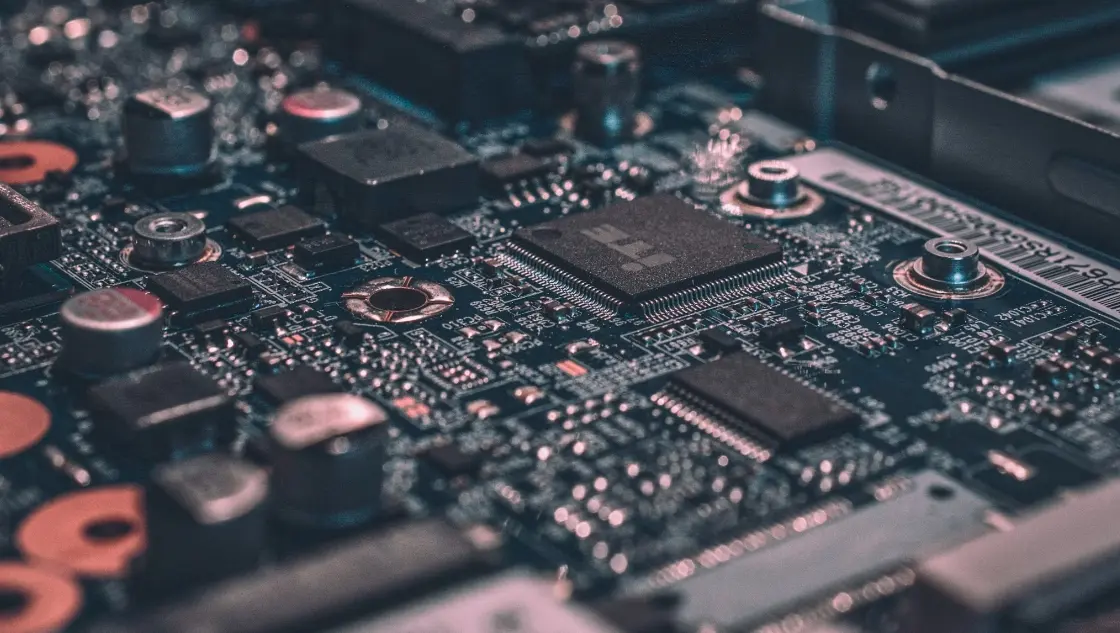 What is the ETSI EN 303 645 Testing Standard?
What is the ETSI EN 303 645 Testing Standard?
 UL Compliance and ETL Certification for LED Lighti
UL Compliance and ETL Certification for LED Lighti
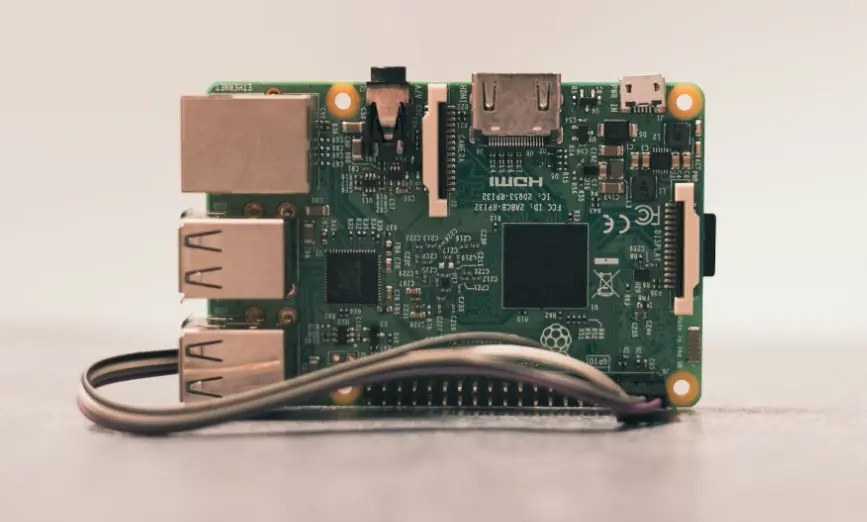 What is the IEC 60598 Standard?
What is the IEC 60598 Standard?
Leave us a message
24-hour online customer service at any time to respond, so that you worry!




